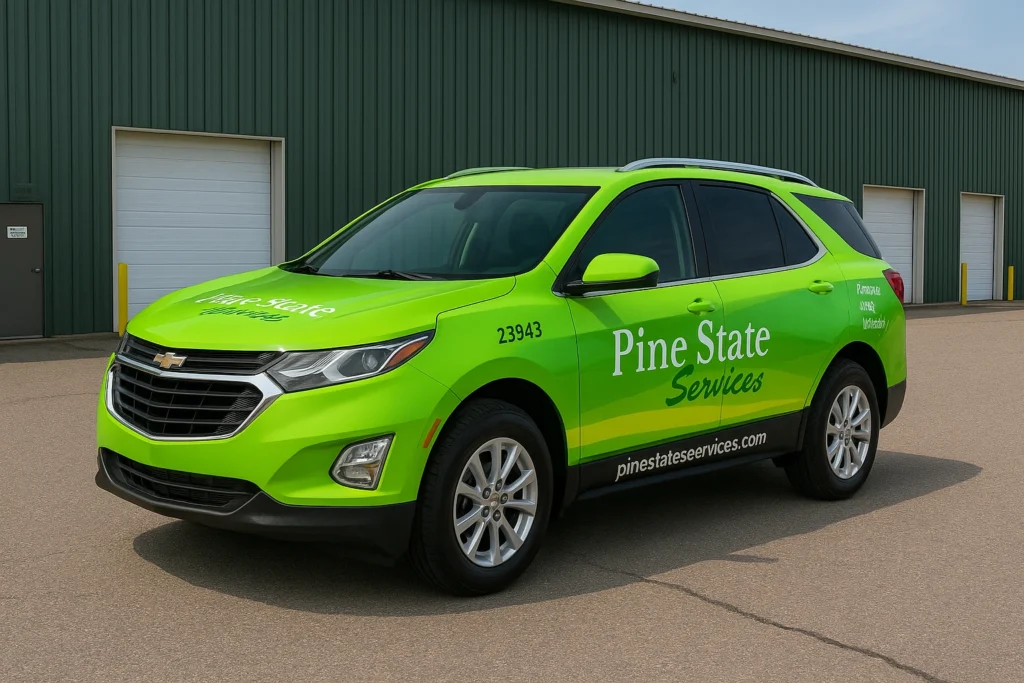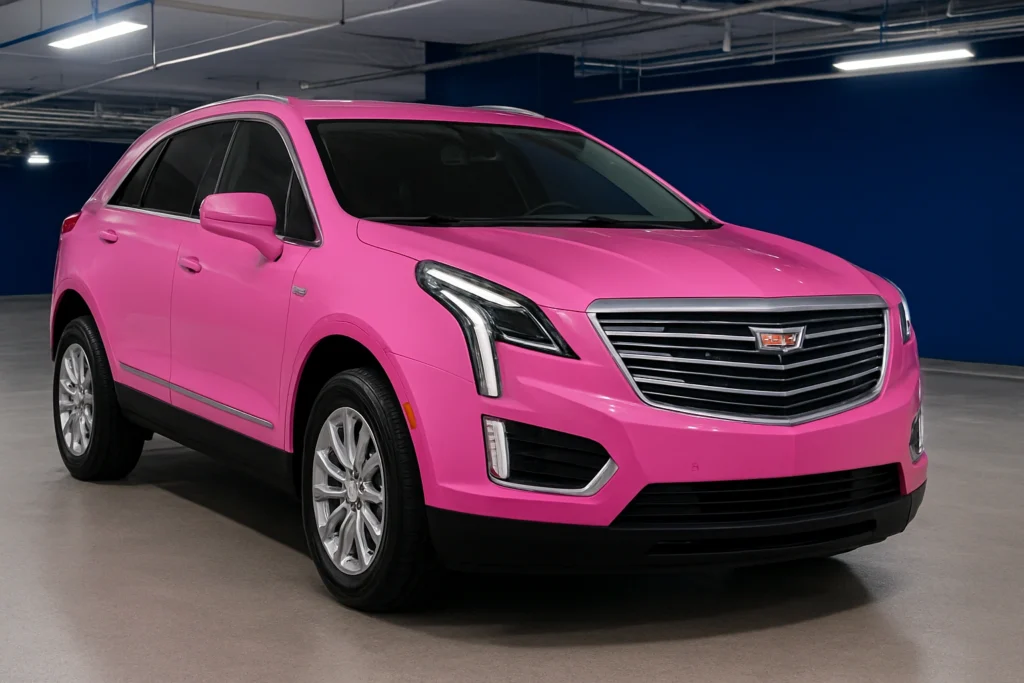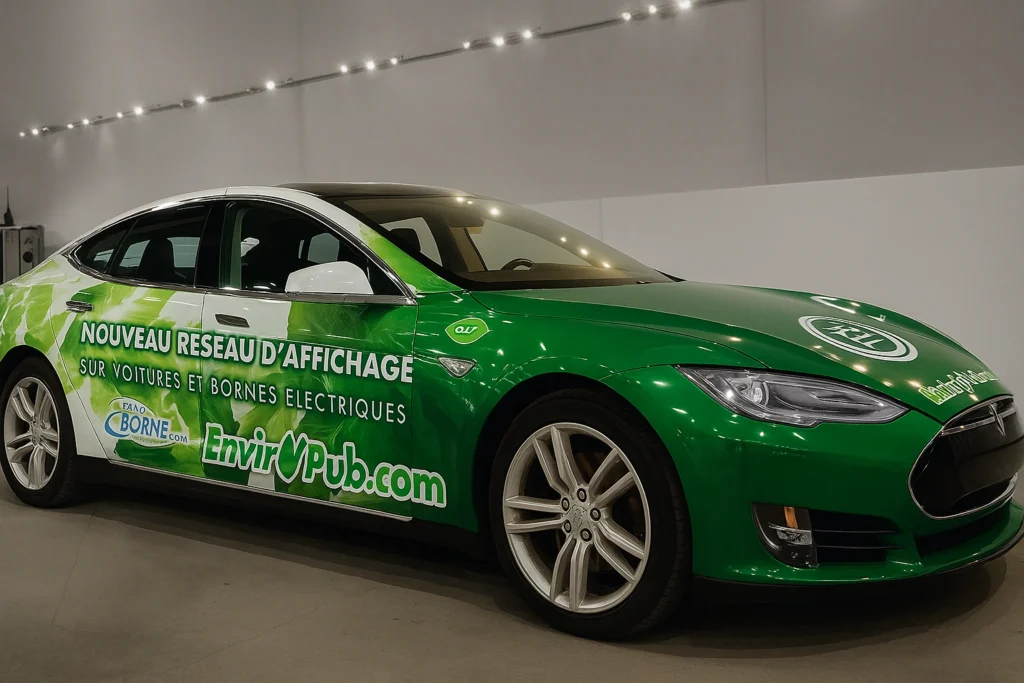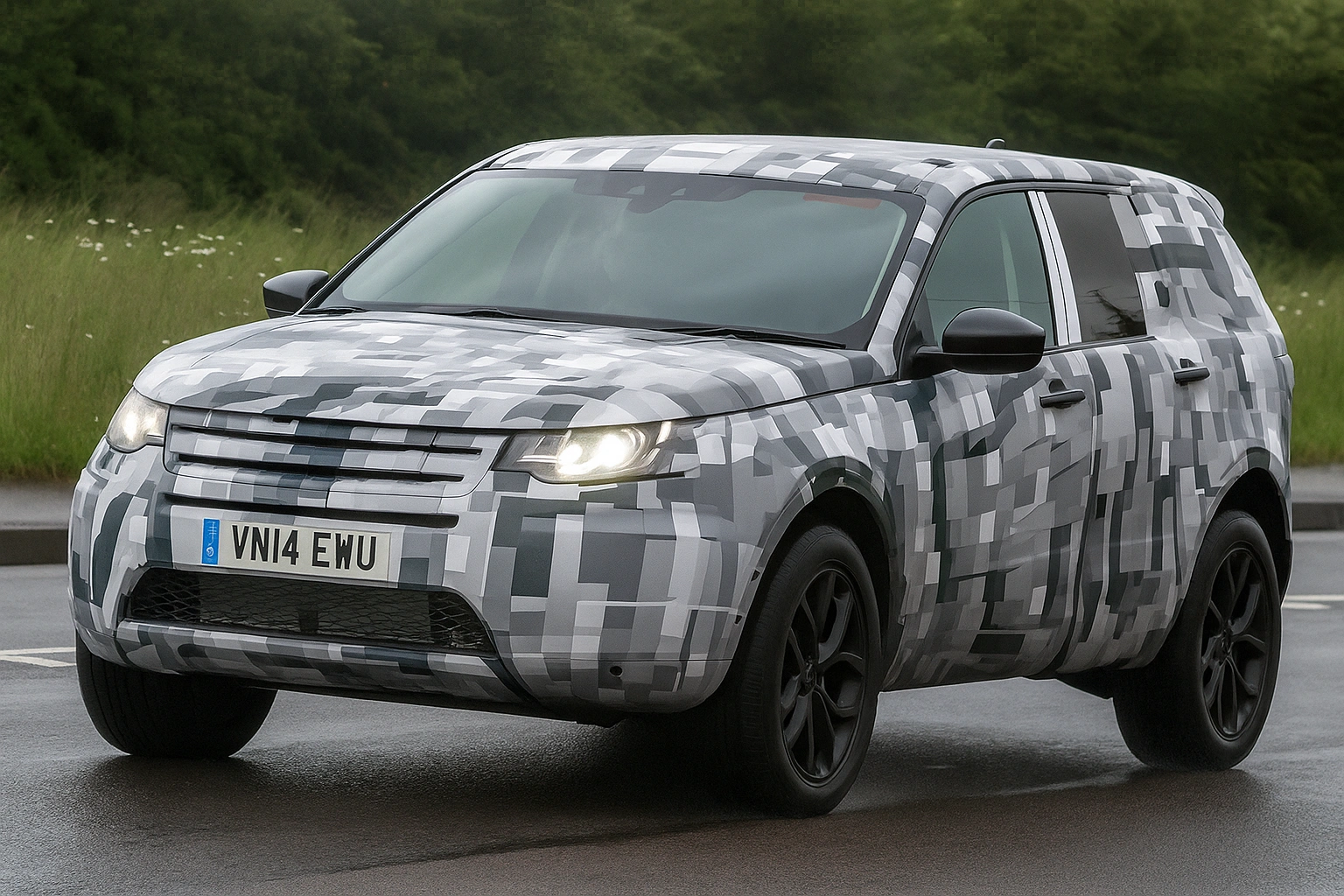Introduction: Why SUV Wraps Are Booming in 2025
SUV wraps have become one of the most effective ways to transform your vehicle’s look and protect its paint, without committing to a permanent paint job. Whether you drive a family SUV, a company vehicle, or an off-road beast, vinyl wraps deliver incredible versatility, durability, and style.
At Vinyl Wrap Pro, we’ve wrapped thousands of SUVs across the U.S. over the last decade, from luxury Range Rovers to rugged Jeep Wranglers. I’ve seen firsthand how the right wrap can boost resale value, brand image, and even driver pride.
But here’s what most people get wrong: wrap pricing isn’t one-size-fits-all. Understanding the true cost, coverage options, and care techniques makes all the difference between a wrap that lasts two years and one that still shines after seven.
Key Takeaways
- Full SUV wraps range from $2,500 to $6,000 in the U.S., depending on material, size, and finish.
- Partial wraps or accents can start as low as $800.
- Proper prep and care extend wrap life by up to 40%.
- Coverage level and finish (matte, gloss, satin, chrome) affect both price and maintenance.
- Trusted installers like Vinyl Wrap Pro back work with warranties and guarantees.

Understanding SUV Wrap Costs: What You’re Really Paying For
The biggest mistake SUV owners make is comparing wrap prices without understanding what’s included. Let’s break down the real factors influencing cost.
1. Size and Vehicle Complexity
SUVs are larger and more complex than sedans, with more curves, panels, and surface area. A compact SUV like a Toyota RAV4 might need 250 square feet of vinyl, while a Chevrolet Suburban can require over 350 square feet.
Labor hours matter, the larger and more detailed your SUV, the higher the install time and cost.
| Vehicle Type | Typical Wrap Range | Labor Hours |
| Compact SUV (RAV4, CR-V) | $2,500–$3,500 | 20–30 hrs |
| Midsize SUV (Highlander, Explorer) | $3,000–$4,500 | 25–35 hrs |
| Full-size SUV (Tahoe, Yukon, Escalade) | $4,000–$6,000 | 30–45 hrs |
2. Vinyl Material and Brand Choice
Premium vinyl from trusted brands like 3M, Avery Dennison, and Hexis offers longer lifespan and better color accuracy.
- Standard Cast Vinyl (Gloss/Matte): 5-7 years lifespan
- Color-Shift or Chrome Finishes: 3-5 years lifespan, harder to install
- Printed/Custom Graphics: 4-6 years lifespan
Pro Tip: If you’re wrapping a leased SUV, stick to cast vinyl for easy removal and minimal adhesive residue.
3. Coverage Level: Full vs. Partial Wraps
Here’s where smart budgeting comes in. You don’t always need to wrap your entire SUV.
- Full Wrap: Covers every visible painted surface, the most dramatic transformation.
- Partial Wrap: Focuses on hoods, roofs, or accent panels, affordable yet eye-catching.
- Spot Graphics: Great for fleet branding or adding logos (see: truck & fleet wraps).
Personal Case Study #1:
A local delivery company came to Vinyl Wrap Pro for a fleet of 10 Ford Explorers. Instead of full wraps, we installed branded partial wraps for 40% less cost, yet they still achieved full brand visibility.
Coverage Tips: Get Maximum Value Without Overspending
1. Match Your Coverage to Your Purpose
- Personal Style: Full or custom wrap for aesthetics.
- Branding: Partial wrap with bold graphics and logos.
- Protection: Clear protective wraps (PPF hybrid) for paint preservation.
2. Choose the Right Finish
Your finish impacts both maintenance and perception:
| Finish Type | Cost Impact | Look & Feel | Maintenance |
| Gloss | Base | Mirror-like shine | Easy |
| Matte | +10-15% | Modern, unique | Must avoid wax |
| Satin | +5% | Balanced sheen | Moderate |
| Chrome | +40-60% | Ultra-premium | Hard to maintain |
Personal Case Study #2:
When I wrapped my own 2021 Jeep Grand Cherokee in matte charcoal, it turned heads everywhere. However, matte finishes required weekly maintenance to avoid fingerprints and water marks. That’s a tradeoff worth knowing before you buy.
Installation Process: Why Professional Installers Matter
DIY wrap kits might look tempting, but SUVs have deep recesses and complex curves. A single misaligned panel can ruin the finish.
At Vinyl Wrap Pro, every installer undergoes 3M-certified training to ensure perfect application, edge sealing, and post-heating for durability.
Typical Installation Steps
- Deep clean and paint decontamination.
- Trim removal (mirrors, handles, badges).
- Vinyl alignment and application.
- Heat treatment for long-term adhesion.
- Post-inspection and quality assurance.
Case Study #3:
A customer brought in a Tesla Model X wrapped elsewhere. Poor edge sealing caused 20% peel within 3 months. We rewrapped it using Avery Supreme Film, and it’s still flawless after two years.
Maintenance & Care Tips for SUV Wraps
Proper maintenance is what separates a wrap that lasts 3 years from one that lasts 7.
Do’s:
- Hand wash weekly with pH-neutral soap.
- Use microfiber cloths for drying.
- Apply wrap-safe sealant every 3 months.
- Park under shade or use a car cover.
Don’ts:
- Avoid automated brushes and high-pressure jets.
- Never use wax or polish on matte wraps.
- Don’t peel or tug at edges.
Reference:
For details on longevity protection, read Vinyl Wrap Warranty & Guarantees (What’s Covered).

Common Mistakes SUV Owners Make
- Choosing cheap calendared vinyl: it cracks in heat and fades fast.
- Skipping prep: trapped debris causes bubbles.
- Ignoring post-install care: wrap lifespan drops by 50%.
- Not asking about warranties: many shops don’t back their work.
Personal Case Study #4:
I once tried a budget installer early in my career. Within six months, the wrap lifted at every panel edge. Lesson learned, quality install and warranty matter more than saving $500.
Comparing SUVs: Cost and Ease of Wrapping
Not all SUVs are equal in wrap difficulty.
For instance, Jeep Wranglers with flat panels are easier (and cheaper) to wrap than curved SUVs like the BMW X6.
The same logic applies to coupes, check our detailed guide on sedan vs coupe which is easier to wrap?.
USA Market Insight: SUV Wrap Trends in 2025
- Color Trends: Satin black, gloss white, and metallic gray dominate.
- Texture Popularity: Brushed aluminum and carbon fiber rising in demand.
- Average Wrap ROI: Fleet owners report up to 300% ROI in brand visibility from wraps.
Personal Case Study #5:
A Florida real estate firm wrapped five Cadillac Escalades in metallic silver with bold branding. Within six months, web traffic from vehicle sightings tripled, proving wrap marketing still works in the age of digital ads.

Vinyl Wrap FAQs (People Also Ask)
A full SUV wrap in the U.S. costs between $2,500 and $6,000, depending on size, finish, and installer reputation.
Wrapping is typically 30-40% cheaper than painting and can be reversed without damaging the factory paint.
High-quality vinyl wraps last 5-7 years with proper maintenance and garage parking.
Yes, as long as you use removable cast vinyl. Always confirm your lease agreement before installation.
3M 2080 and Avery Dennison Supreme are top-tier options for color stability and ease of removal.
Typically, 2-4 business days depending on prep, coverage, and material type.
Yes. Individual panels can be replaced without redoing the entire wrap.
Around 4-6 years with regular hand washing and sealant maintenance.
Yes, wraps provide a protective barrier against light scratches and UV rays.
Low-pressure washing is fine, but avoid direct water jets near edges.
Quality films resist fading for years, especially with ceramic coating or shade parking.
Moderate climates like California and Texas are ideal. Extreme cold or humidity reduces lifespan.
Yes. They preserve factory paint, often increasing resale appeal and protection value.
Final Thoughts:
Wrapping your SUV is more than a cosmetic decision. It’s an investment in protection, personality, and long-term value. From experience, the customers who get the most out of their wraps are those who:
- Choose high-quality materials
- Work with certified installers
- Follow maintenance best practices
If you’re ready to transform your SUV, reach out to Vinyl Wrap Pro, where craftsmanship, warranty, and passion drive every project.

